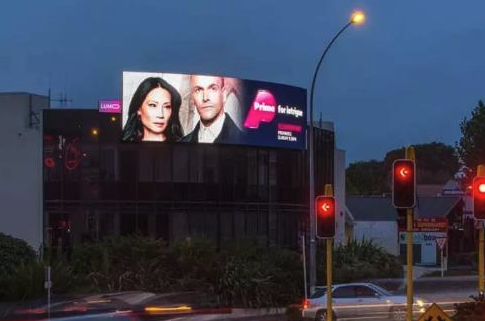When shopping for LED displays, you’ll encounter terms like HD, FHD, QHD, and UHD. These acronyms represent different resolution standards that significantly impact image quality. Understanding these differences is crucial when selecting the right LED screen for your specific needs, whether for commercial advertising, entertainment venues, or corporate settings.
HD (High Definition) is the entry-level resolution standard, typically referring to 1280×720 pixels. This means the display contains 1280 horizontal pixels and 720 vertical pixels, totaling approximately 921,600 pixels. While HD was once considered premium, it’s now the baseline for most basic LED screens. HD resolution works well for smaller displays or viewing situations where viewers are positioned at a considerable distance.
FHD (Full High Definition), also known as 1080p, offers 1920×1080 pixels—about 2 million pixels in total. This represents a significant improvement over HD, delivering sharper images and more detail. FHD has become the standard for most mid-range LED screens and is ideal for applications where viewers will be closer to the display, such as in conference rooms or retail environments.
QHD (Quad High Definition) takes resolution further with 2560×1440 pixels—approximately 3.7 million pixels. As the name suggests, QHD offers four times the pixels of HD (720p) and about 1.8 times the pixels of FHD. This higher pixel density results in exceptionally crisp images, making QHD perfect for professional applications like video production studios, command centers, and high-end retail displays where image clarity is paramount.
UHD (Ultra High Definition), often referred to as 4K, represents the current pinnacle of consumer display technology with 3840×2160 pixels—around 8.3 million pixels. This is four times the resolution of FHD and delivers breathtaking image quality with incredible detail. UHD LED screens are ideal for large venues, stadiums, luxury retail spaces, and any application where the highest possible image quality is required, especially when viewers may be both near and far from the display.
When selecting an LED screen resolution, consider viewing distance, screen size, content type, and budget. Higher resolutions offer better image quality but come at a higher cost. For optimal viewing experience, match the resolution to your specific needs and environment. As LED technology continues to advance, these resolution standards will evolve, bringing even more impressive visual experiences to various applications.









